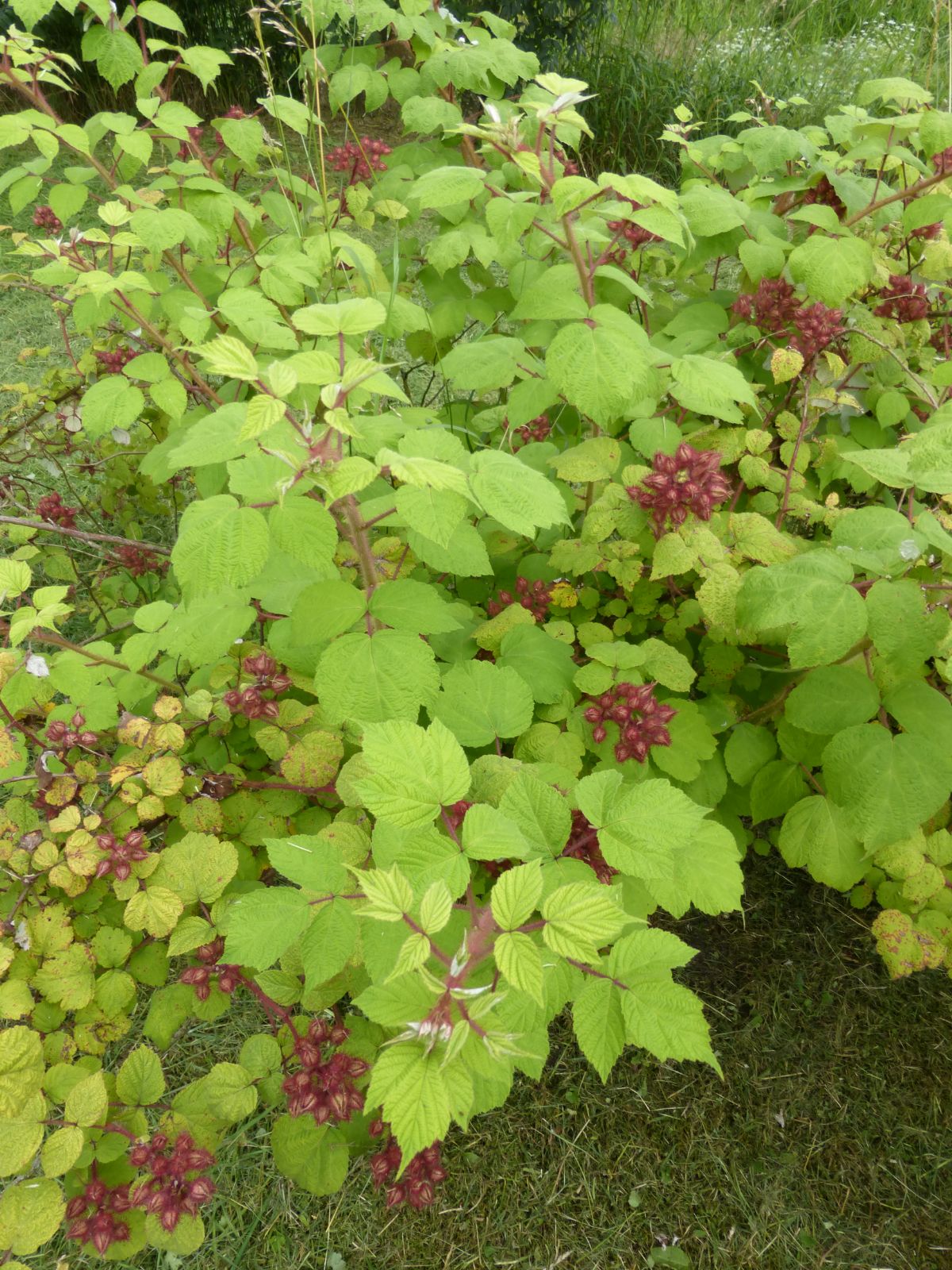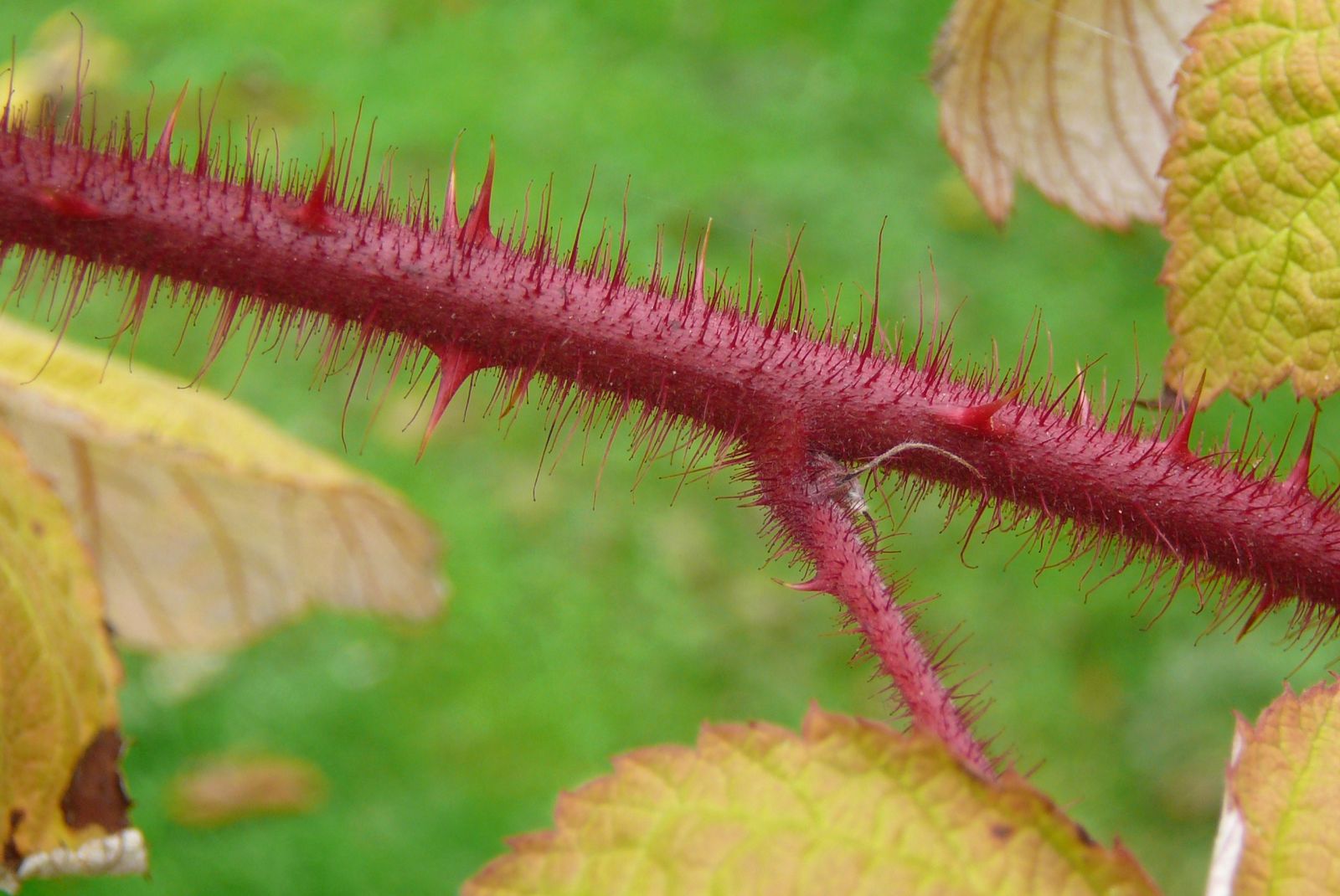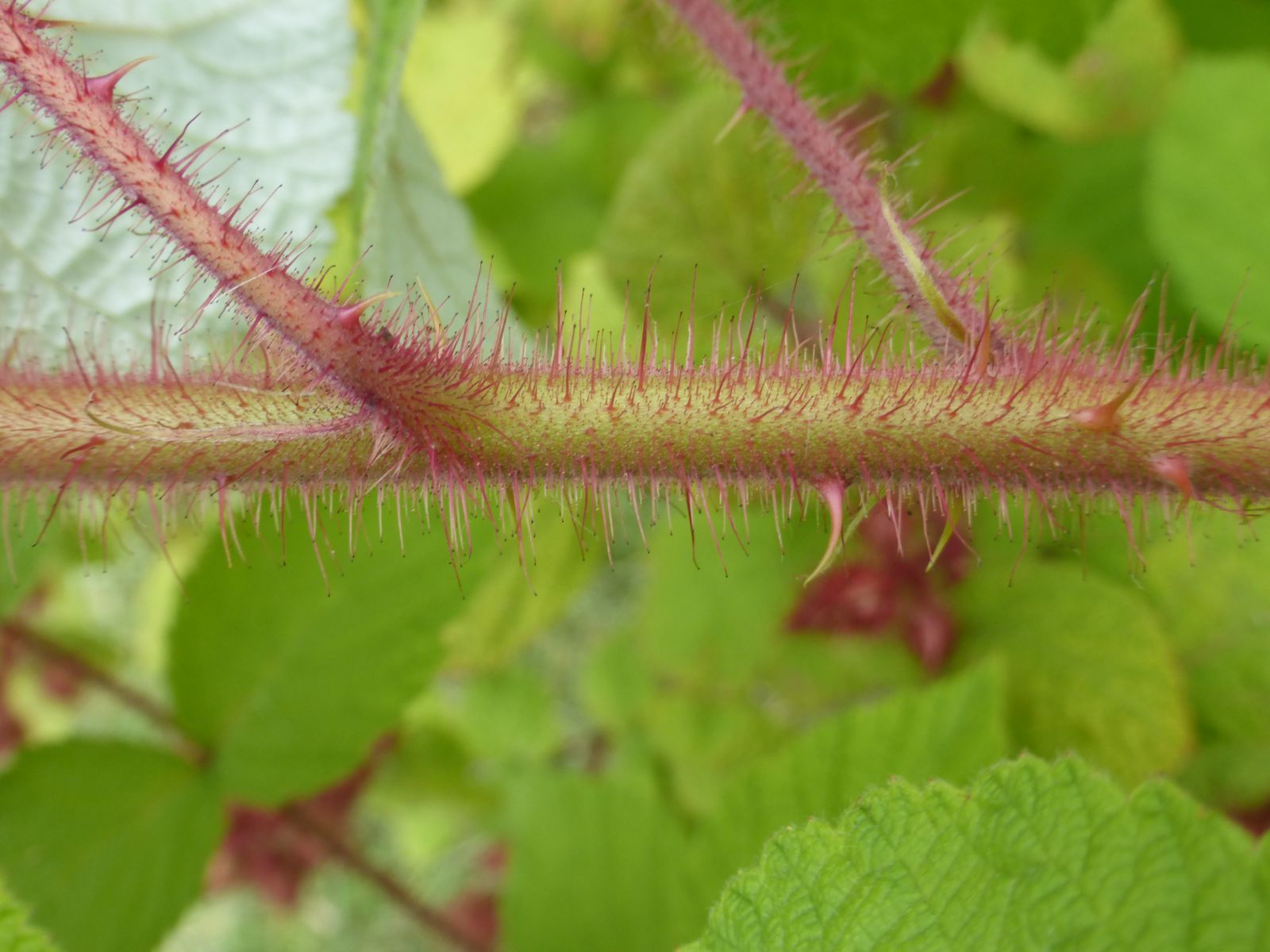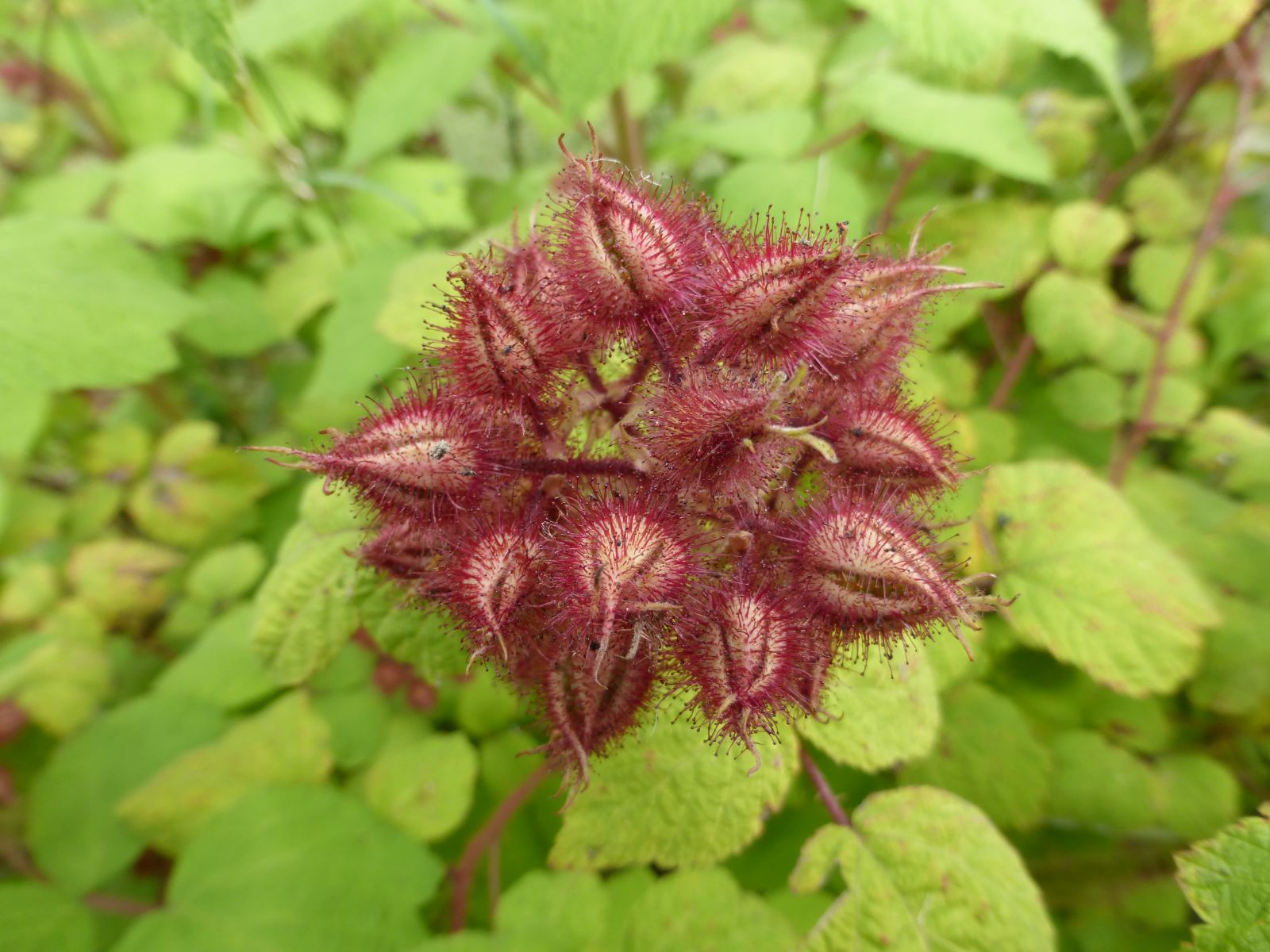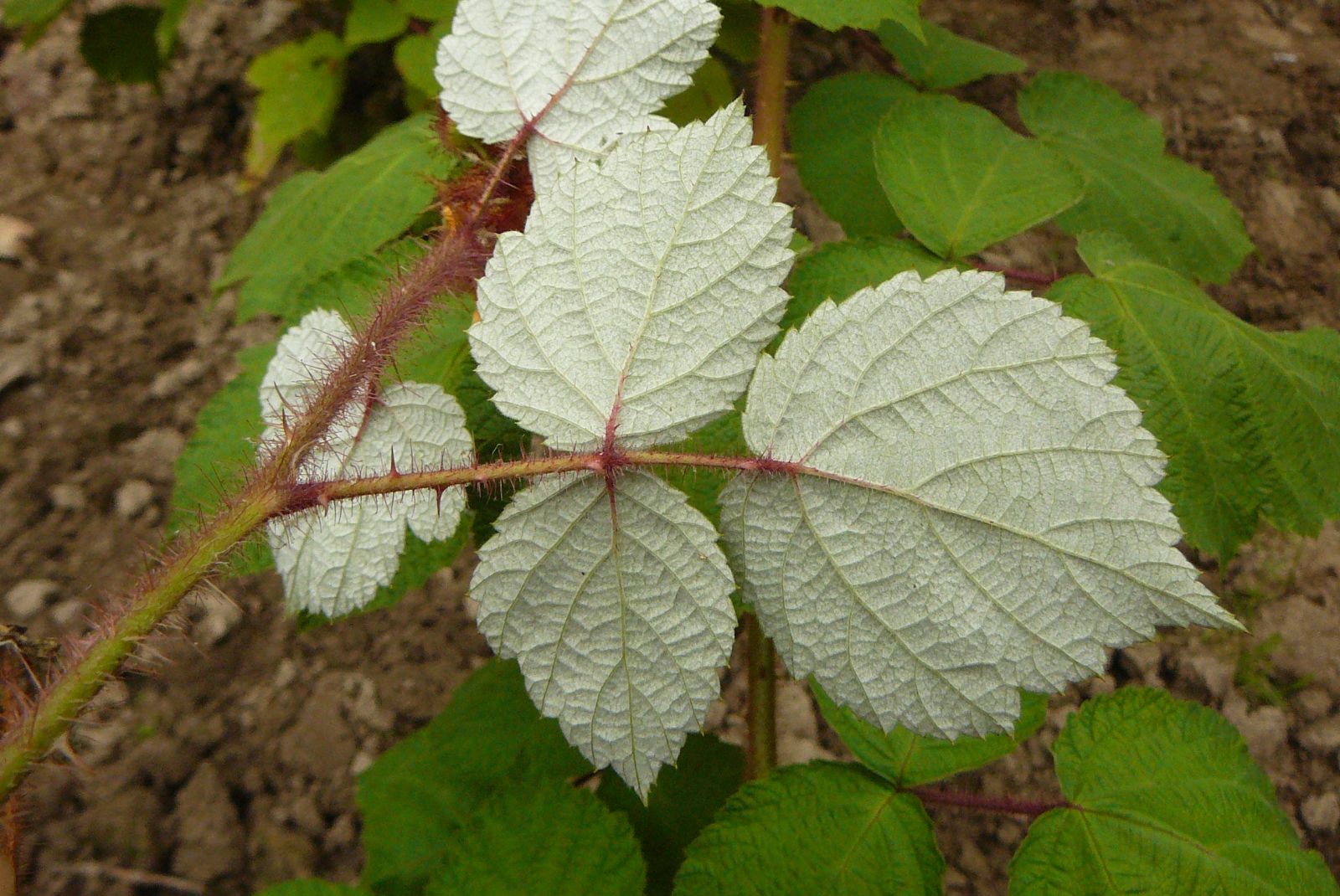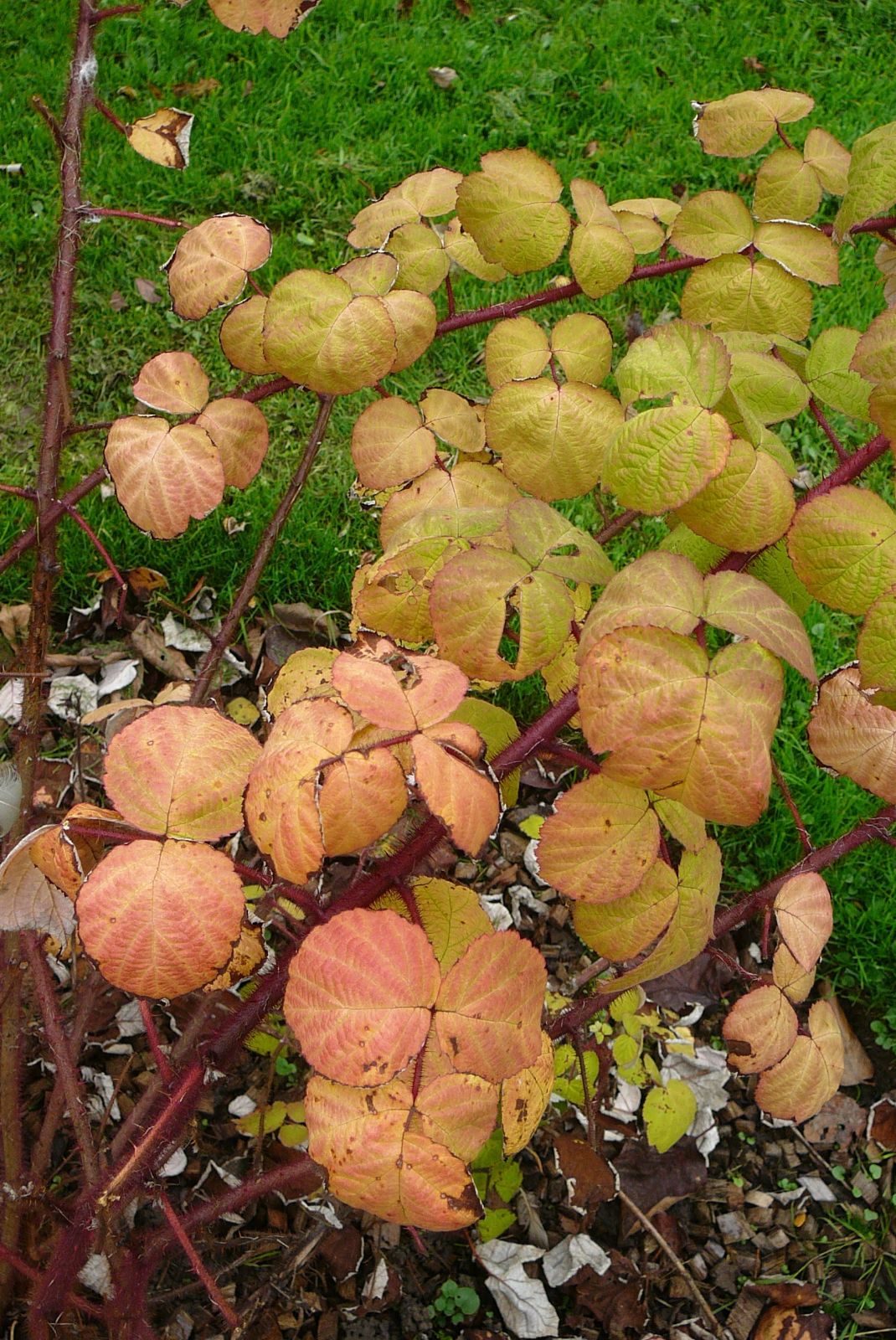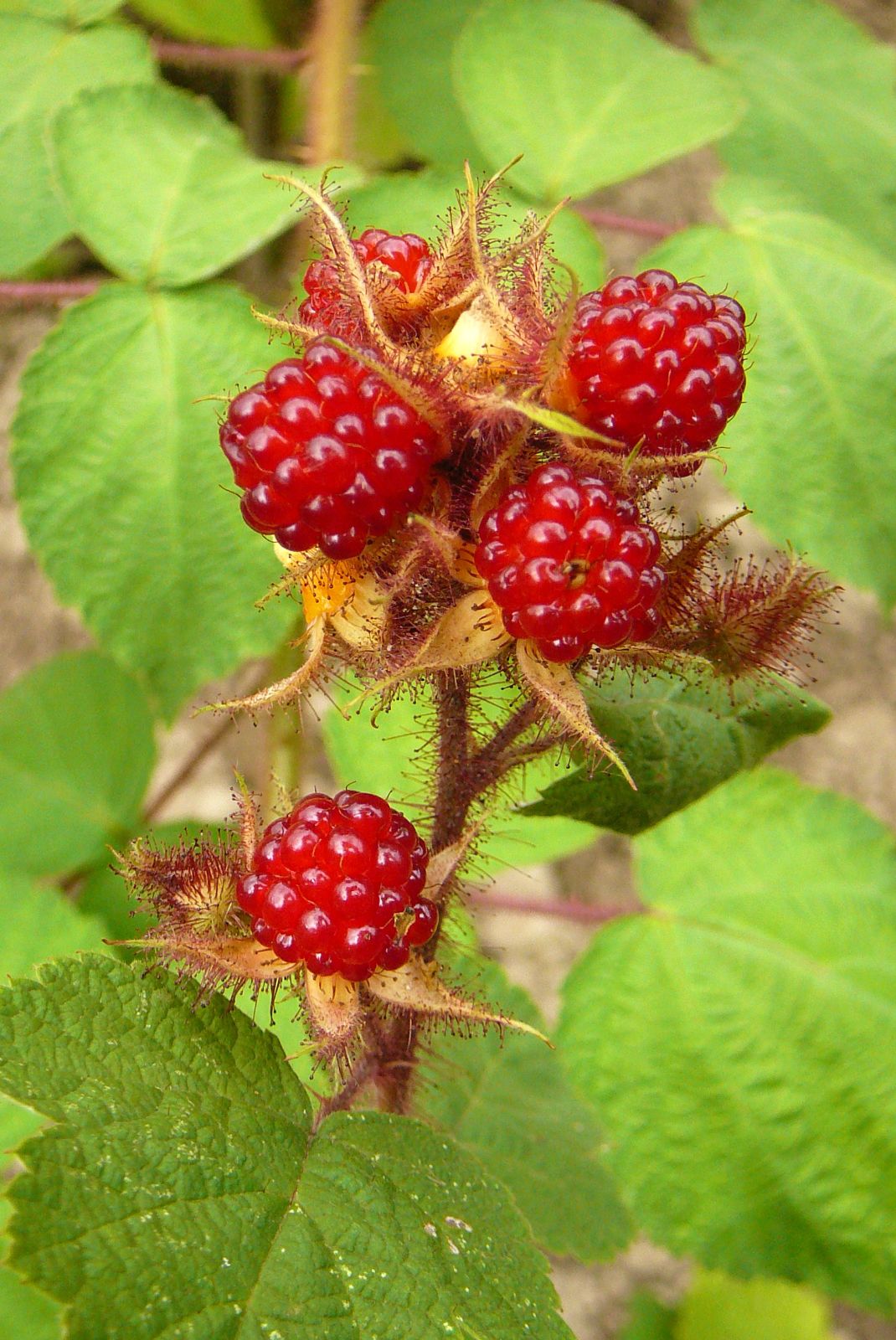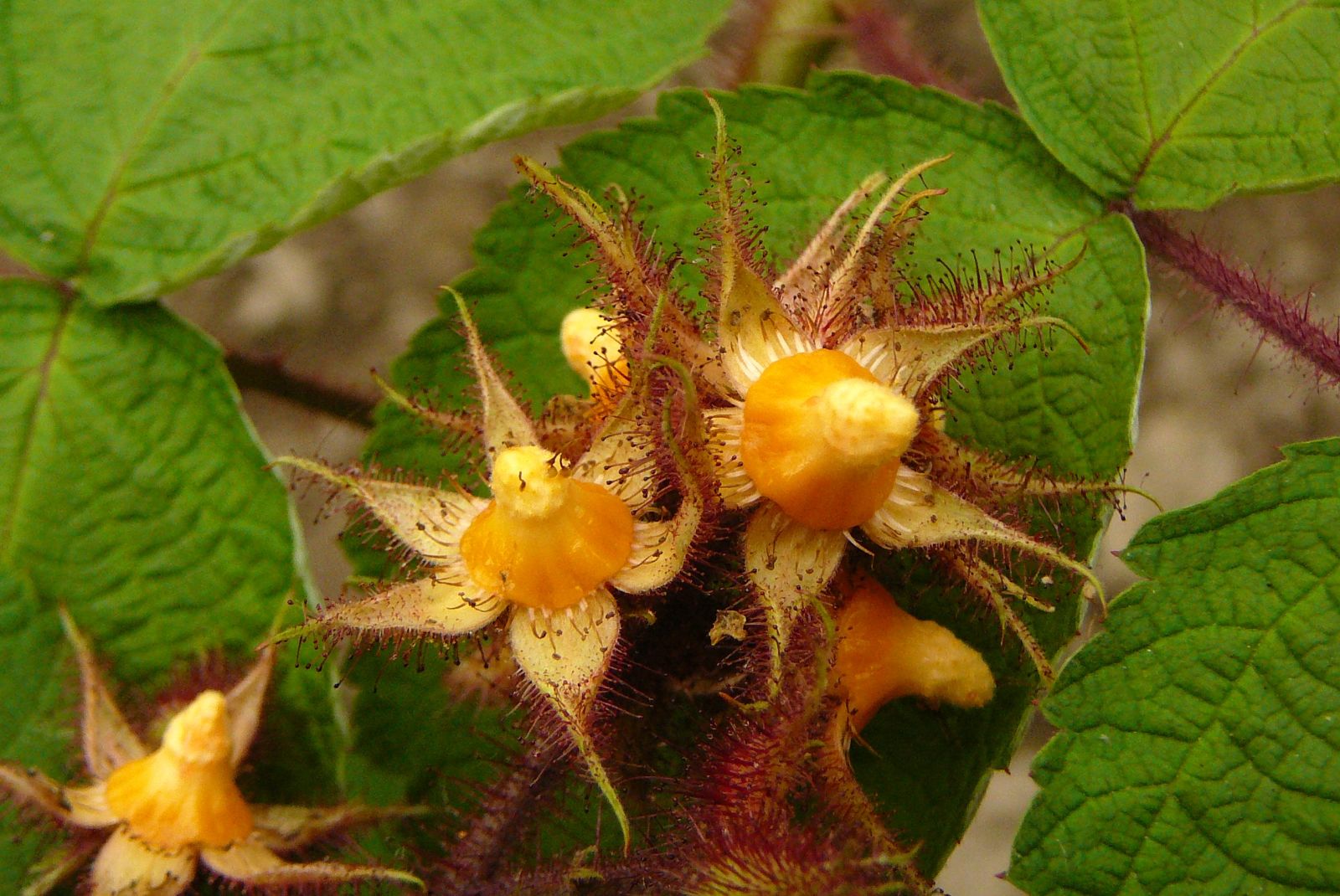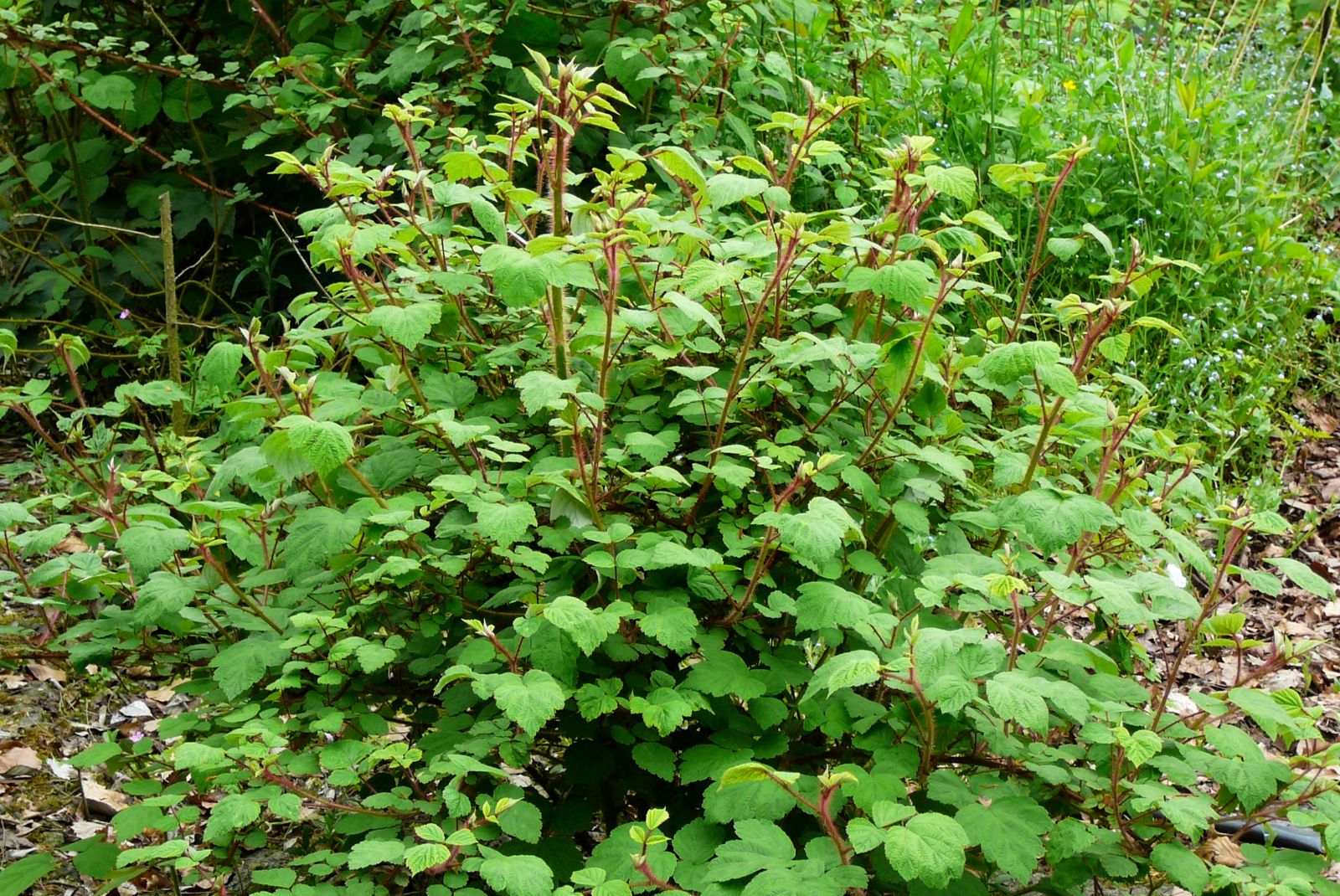Rubus phoenicolasius
Credits
Article from Bean's Trees and Shrubs Hardy in the British Isles
Recommended citation
'Rubus phoenicolasius' from the website Trees and Shrubs Online (treesandshrubsonline.
Genus
Common Names
- Wineberry
Other taxa in genus
- Rubus adenophorus
- Rubus amabilis
- Rubus biflorus
- Rubus caesius
- Rubus calycinoides
- Rubus chroosepalus
- Rubus cissoides
- Rubus cockburnianus
- Rubus corchorifolius
- Rubus coreanus
- Rubus crataegifolius
- Rubus deliciosus
- Rubus flagelliflorus
- Rubus flosculosus
- Rubus henryi
- Rubus hispidus
- Rubus hupehensis
- Rubus ichangensis
- Rubus idaeus
- Rubus illecebrosus
- Rubus irenaeus
- Rubus koehneanus
- Rubus kuntzeanus
- Rubus laciniatus
- Rubus lambertianus
- Rubus lasiostylus
- Rubus lineatus
- Rubus malifolius
- Rubus mesogaeus
- Rubus nepalensis
- Rubus × nobilis
- Rubus occidentalis
- Rubus odoratus
- Rubus palmatus
- Rubus parkeri
- Rubus parviflorus
- Rubus parvifolius
- Rubus parvus
- Rubus pedunculosus
- Rubus playfairianus
- Rubus setchuenensis
- Rubus spectabilis
- Rubus subornatus
- Rubus thibetanus
- Rubus trianthus
- Rubus tricolor
- Rubus trifidus
- Rubus ulmifolius
A deciduous shrub making spreading stems 8 to 10 ft long in favourable situations; the stems are biennial, round, and together with the branches and leaf-stalks are covered densely with reddish, gland-tipped bristles mixed with which are a few slender prickles. Leaves 5 to 7 in. long, composed of three leaflets. The terminal leaflet is stalked, 2 to 4 in. long, roundish or broadly ovate, the base rounded or heart-shaped, the margins coarsely toothed and lobed; the side leaflets differ only in being obliquely ovate, stalkless, and much smaller; all are sparsely hairy above, white-felted beneath. Flowers in terminal racemes, the chief feature being the calyx, which is covered with glandular hairs, and measures 11⁄2 in. across, the five segments being very narrow and pointed; petals 1⁄4 in. or less in length, pink. Fruits conical, 3⁄4 in. long, bright red, sweet and juicy. Bot. Mag., t. 6479.
Native of Japan, Korea and N. China; introduced about 1876. This raspberry is hardy at Kew, bearing fruit regularly in the open, but it would probably succeed better against a wall. The species is noteworthy, not only for its fruits, but also for its excessively bristly stems, its tiny petals, and large star-shaped calyx which persists and spreads out beneath the fruit. It flowers in June under glass, a few weeks later out-of-doors.

